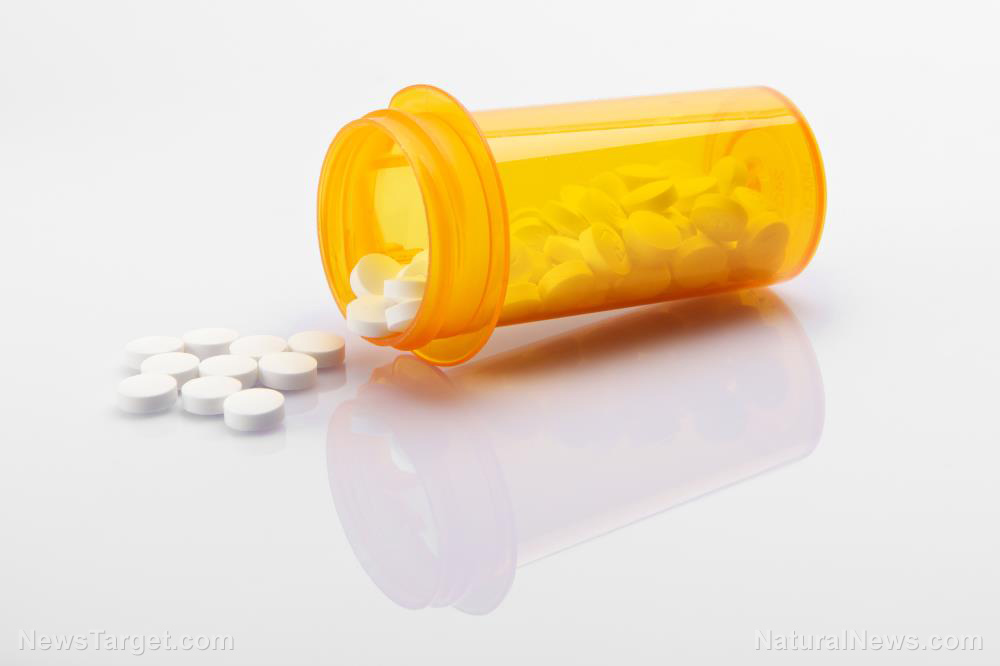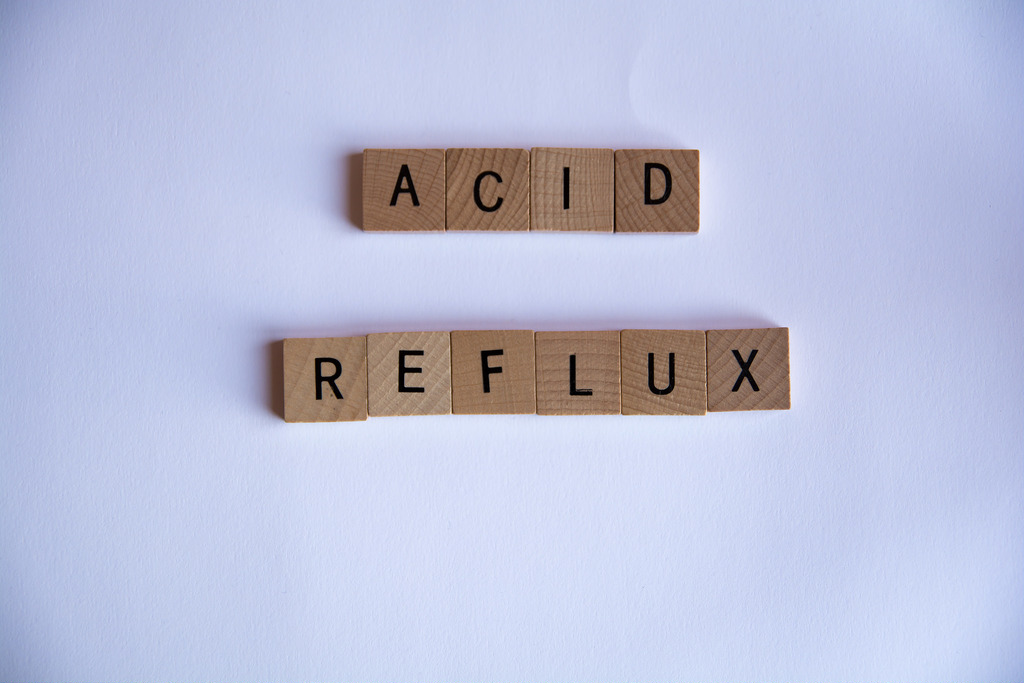
The study found that children who were given PPIs had a 22 percent increased odds of fracture, while those who used both PPIs and H2-blockers were 31 more likely to suffer subsequent fracture. The research team also noted that while the use of H2-blockers was not associated with immediate fracture risk, long-term exposure may still raise the odds of the condition. The study also showed that the frequency of fractures increased with the number of days that the drugs were taken. In addition, children who were given antacids at a much younger age appeared to be the most susceptible to having broken bones. According to the research team, children who were prescribed antacids as early as six months had the highest odds of developing fractures. However, children who were prescribed antacids at age two did not have increased risk of fractures.
"With many antacids easily available over-the-counter for adults, these medications may seem benign. However, our study adds to a growing body of evidence suggesting antacid medications are not safe for children, especially very young children, and should only be prescribed to treat confirmed serious cases of more severe symptomatic gastroesophageal reflux disease (GERD), and for the shortest length of time needed," lead author Dr. Laura Malchodi was quoted in saying in Daily Mail.
According to the American Academy of Pediatrics (AAP), gastroesophageal reflux disease affects about 40 percent to 65 percent of all infants across the U.S. The condition usually starts at two to three weeks of life and peaks between four to five months, the AAP noted. The disease disappears by age one when the upper digestive tract matures.
The findings of the recent study were presented at the 2017 Pediatric Academic Societies Meeting.
Study explained why antacids weaken bones
A study published in the journal PLOS Genetics revealed that prescription and over-the-counter antacids and heartburn medications affected calcium absorption in the gut, which may explain why 100 million Americans were at an increased risk of bone fracture. According to researchers at the Forsyth Institute, stomach acid in the gastrointestinal tract aid the intestines in the absorption and transfer of calcium to the skeletal system. However, using proton pump inhibitor reduced acidity levels in the stomach. In turn, this reduction in acidity inhibited the stomach from absorbing much needed calcium, the researchers said.
"The regulation of bone mass by the gastrointestinal tract represents a remarkable example of an unexpected and important relationship between these two systems that is only now becoming fully appreciated. It could help us better understand and find new ways to treat common clinical conditions that currently require medications which have been linked to weakened bones, such as popular antacids," said researcher Dr. Ricardo Battaglino of the Forsyth Institute.
In 2010, the U.S. Food and Drugs Administration (FDA) issued warnings against taking higher doses of proton pump inhibitors due in part to higher odds of fracture. These warnings were based on several clinical studies confirming that antacids were detrimental to bone health. A large Canadian study found that people who used PPIs for more than seven years had a fivefold increased odds of suffering hip fracture. Another study revealed that people who took higher doses had greater likelihood of bone fractures.
Sources include:
Please contact us for more information.























